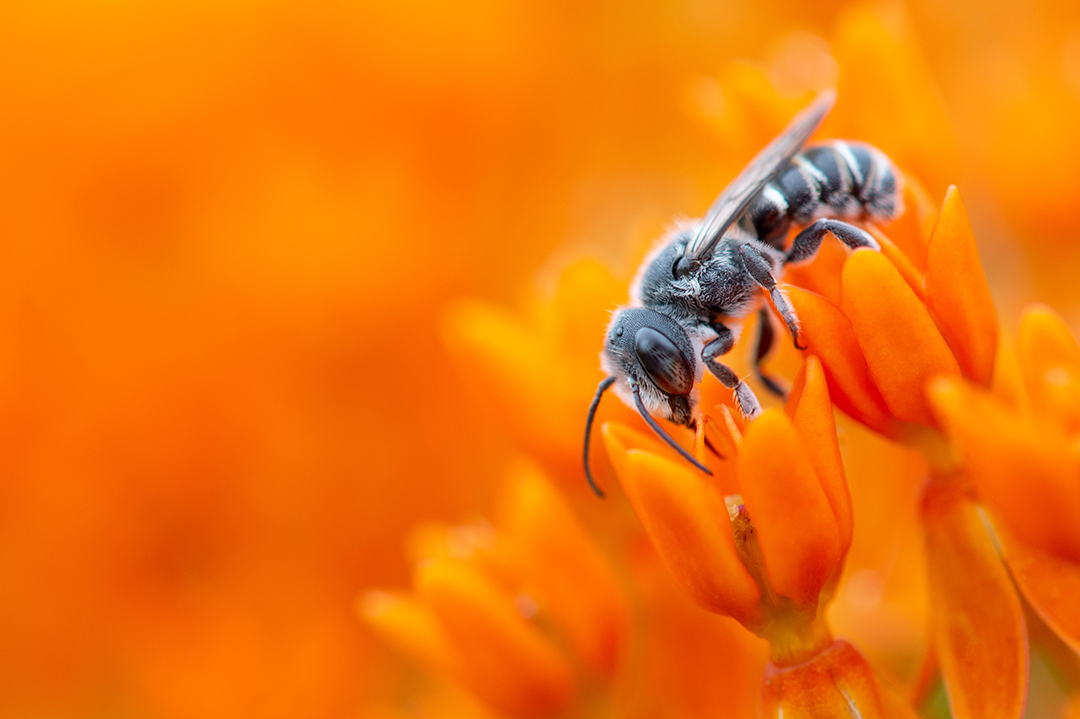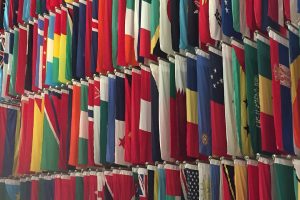As the UN’s High-Level Political Forum (HLPF) 2020 gets underway, there is growing momentum to put biodiversity at the heart of sustainable development.
The COVID-19 outbreak has exposed our complex relationship with nature. Most emerging infectious diseases are driven by human activities such as agricultural intensification, wildlife use and misuse, and human-induced landscape changes, which can disrupt the balance of nature.
Biodiversity underpins 14 out of the 17 Sustainable Development Goals (SDGs). However, a recent study showed that only 20% of the countries analysed mention biodiversity as a national priority for sustainable development in their Voluntary National Reviews (VNRs) of their progress towards the SDGs.
The study conducted by the UN Environment Programme World Conservation Monitoring Centre (UNEP-WCMC) considered 30 VNRs presented before the HLPF between 2017-2019 and found that only half of the sampled countries reported on how they reflect biodiversity in national SDG implementation and review processes.
There is much progress to be made, but there are also many positive examples to draw on where countries are integrating biodiversity into their wider sustainable development strategies.
Biodiversity is the foundation of sustainable development
The SDGs are integrated and indivisible, and advancing the implementation of biodiversity-related goals and targets will increase overall success in achieving the 2030 Agenda for Sustainable Development.
However, progress towards achieving the 2030 Agenda has so far been insufficient. According to the Intergovernmental Science-Policy Platform on Biodiversity and Ecosystem Services (IPBES), current negative trends in biodiversity loss and ecosystems degradation will significantly undermine achievement of 80% of the SDG targets related to poverty, hunger, health, water, cities, climate, oceans and land.
The 2020 High-Level Political Forum
This week, the sustainable development community is taking stock of progress across the 2030 Agenda at the HLPF. More effort is needed to accelerate action in the next decade, including the restoration of ecosystems and integrating nature in strategies to achieve the SDGs.
There are some inspiring examples of how to integrate biodiversity in the voluntary national reports submitted to date:
Many countries now recognise the economic value of biodiversity:
- New Zealand, for instance, places natural capital at the heart of its sustainable development policies and its VNR speaks about the country’s land, forests, waterways and oceans as “the foundation of our economy” (SDG 8). Malaysia explores innovative resource mobilisation initiatives for investing in nature (SDG 17).
Though less explicit in most of the analysed VNRs, human-nature interlinkages are also identified:
- Well before the COVID-19 outbreak, Vietnam recognised biodiversity conservation as fundamental for protecting people’s good health (SDG 3). Cameroon promotes biodiversity to achieve SDG 2 – Zero Hunger, while Guatemala insists on the importance of including indigenous people and local communities in nature decision-making (SDG 11).
Moreover, healthy ecosystems are often recognised as the basis for a healthier environment:
- Turkey, for instance, has adopted an ecosystem-based approach in sustainable water management and pollution prevention practices (SDG 6). The UK recognises nature-based solutions as crucial tools for combating climate change and addressing biodiversity loss (SDG 13).
A place for nature
While our analysis shows that VNRs are beginning to reflect the integration of biodiversity into national reporting on progress towards the 2030 Agenda, there is more to be done to provide tools that enable all actors to address our impacts and dependencies on nature. For example, by improving data and reporting, multi-stakeholder engagement, and policy coherence, countries can strengthen their understanding of nature-human interlinkages and use of nature-based solutions for sustainable development.
As 12 of the 21 SDG targets with a 2020 end date depend on biodiversity, this year’s HLPF will be an important moment to take stock of the progress achieved and renew global commitments.
Beginning on Friday, 10 July, 47 countries will present their VNRs to the virtual HLPF to assess their progress towards the 2030 Agenda. Whilst governments’ immediate priority is to contain the health crisis and reduce its devastating impacts, building back better from the pandemic will be a collective challenge, including accelerating the implementation of the SDGs.
If we are to tackle the global nature crisis, we will have to heed the dramatic warnings – from the harrowing human impact of the COVID-19 pandemic to the devastation caused by wildfires worldwide – and seize the opportunity to set the world on track to a more sustainable future.
This article was authored by Federica Pesce, Associate Expert – 2030 Agenda for Sustainable Development, UNEP-WCMC.

